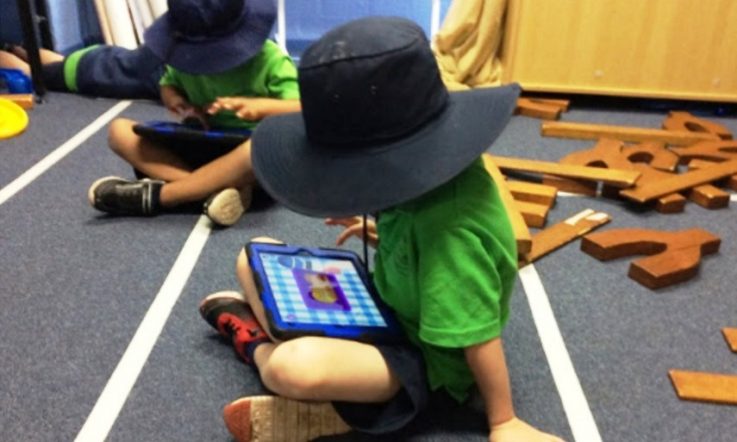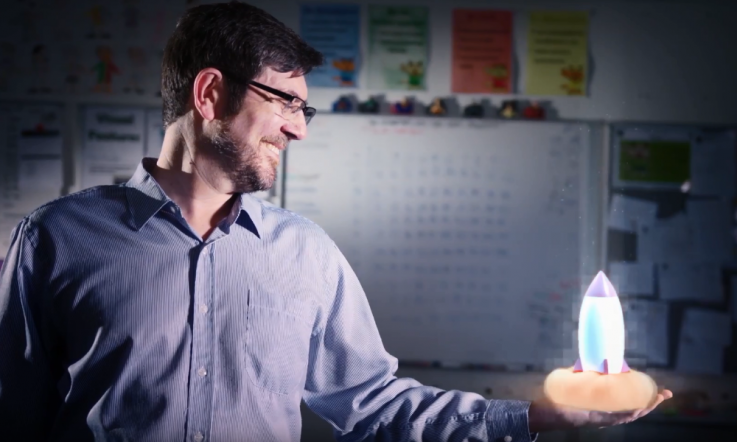At Parkhill Primary School in Melbourne's south east, students learn the skills of engineering by building their own vehicles.
The vehicles must be solar powered, and the activity challenges the students to craft the fastest vehicle possible. It's all part of the Model Solar Vehicle Challenge, an annual engineering competition open to students in Grade 1 to Year 12, which takes place in Victoria.
Students can elect to enter the Sheridan Kit Car Challenge (where the materials needed to build the vehicle are provided for the students to assemble), the Student Designed Car Challenge (students design and build their own vehicle from scratch) or the Junior and Advanced Boat Challenge (students design their own boat).
Collaboration with the wider community
It's rare for students to enter the Sheridan Kit Car Challenge, Assistant Principal Michelle Smith says, meaning the students are usually up for the bigger challenge of designing and making their own boat or car.
Smith runs the annual program at the school and says it sees students work for almost the entire school year creating their vehicles. All of the work is done outside of class time.
‘Parkhill at the moment, has a very strong STEAM [Science, Technology, Engineering, Art, Mathematics] focus and the Solar Challenge fits well into this,' Smith tells Teacher.
‘Generally we choose teams in Term 1 and make designs, talk aerodynamics, look at pictures of old vehicles, and make a prototype,' Smith says. ‘Term 2 is all about putting the vehicles together … Term 3 is about testing and completing our record of construction, which becomes the team poster. The competition is in early Term 4.'
Parkhill Primary School became involved nearly 10 years ago, after the local secondary school began participating. In Term 3, the primary school students often pay a Saturday visit to the secondary school to participate in a workshop day, as the secondary school has access to facilities and expert staff.
This workshop often piques the interest of parents too, so to account for this, Smith ensures workshops are held both during the school day and after school so parents are able to attend.
Teaching engineering in a primary school setting
Smith says that although the challenge is pushed as a STEAM project at the school, elements of engineering are particularly highlighted and expressed in many facets of the program, namely the precision required to make the best vehicle you possibly can.
‘The kids spend ages perfecting the alignment of the axles as well as creating a symmetrical and precise chassis,' she says. ‘We have learned that if you take time and get the measurements right, then your vehicle will have diminished friction, making it go faster.'
She adds that the challenge assists in getting students to think as engineers and help them expand the capability of their thinking.
‘This kind of thinking is beneficial of course for their vehicle entry to the competition, but also helps them with their problem-solving in general. Being precise and accurate helps to avoid errors and create beautifully designed objects, and objects that work.'
Michelle Smith says students participating in the Model Solar Vehicle Challenge have learned and worked through concepts of engineering by participating in the program.
As a primary school educator, how often do you expose your students to the concepts of engineering? How could this enhance their learning?



